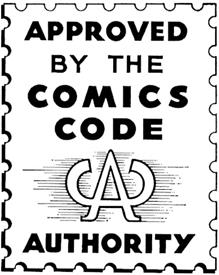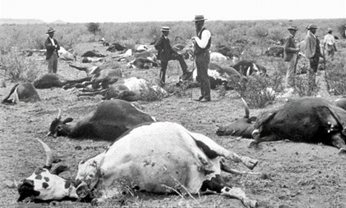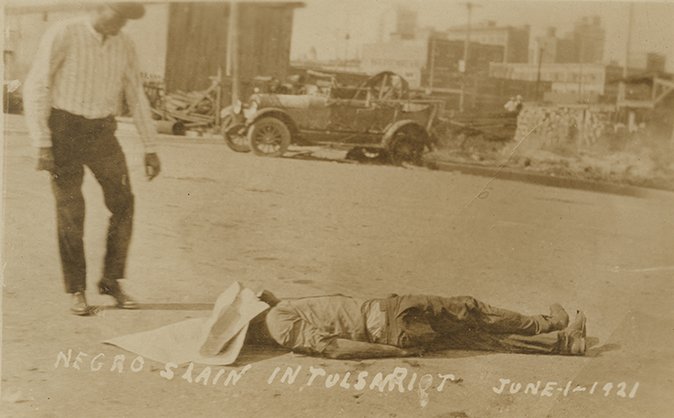In the early 1930’s, a printing press company specializing in color printing was facing a bit of an issue. Due to a little thing known as the Great Depression, pretty much everybody in the entirety of the United States was a little strapped for cash. As a result, most newspapers and businesses did away with anything luxurious or frivolous, with color printing being top of the list. Not really wanting to just call it a day and declare bankruptcy, the printing company instead came up with a desperate scheme which involved putting all the old newspaper comic strips they could find in a single big book and selling it for dirt cheap. The collection actually sold amazingly well, and so was born the comic book.
Now being business people, the owners of this printing press of course squeezed their new cash cow as much as humanely possible by going into overdrive printing new collections. However, there was just one little problem, they quickly ran out of already printed comic strips. Not wanting to go back to worrying about not making money, the printers instead got the bright idea that they should just make up their own original comics. This worked quite well, and before you could say Jack’s your uncle, or whatever the hell it was old timey people said, numerous competitors were jumping into the new industry. Now unlike a newspaper, having a whole book to fill opened up a lot of opportunities for would be writers and artists. Where once comics were limited to short strips, suddenly it was possible to do lengthier features. What once was once an art form dominated by puns expanded into a mode of storytelling with complete, and at times complex, plots. Nearly every genre had its own comic book, with the most popular being horror, crime, science fiction, westerns, romance, and superheroes. By the 1940’s, comic books were read by nearly everybody in the country.
Things went pretty well for the comics industry until the 1950’s, a time when people who got home from a war that was supposedly fought for freedom began to wonder if perhaps they were starting to get way too much freedom back home. The war against comic books began when a crackpot psychologist, who apparently really hated comics, wrote a popular book claiming that they were turning children into violent homoerotic sociopaths. People being the way they have always been, many freaked right the fuck out, leading to a growing movement to outlaw comics and even a hearing before the U.S. Senate. As a result, the comics industry freaked right the fuck out too, and soon after they created what became known as the Comics Code Authority, which forcefully censored the industry by using public worry to guarantee that newsstands and other distributors would only carry comics that had the CCA’s seal of approval. The CCA completely banned the showing of violence, gore, and overt sexuality. However, it also banned anything that questioned people in authority or the two point three kids and a big slice of apple pie version of American values. It should be pretty obvious that this was pretty much all of the good stuff, and as a result, comic book readership plummeted, and many companies went out of business. By the mid-1960’s, the only people still widely reading comics were adolescent boys, resulting in a greater concentration on titles focused on children’s humor and superheroes.
As mainstream comic book companies increasingly focused on the saccharin laced and American flag waving story lines required by the CCA, other comic book artists went underground to circumvent the censorship. Creatively called the ‘underground comics scene’, these artists created heavily sexualized satirical characters who subverted authority and questioned everything and anything being declared normal at the time. These comics were mostly sold via unconventional distributors, such as head shops, and by the late 1960’s had become popular on many college campuses as part of the counterculture. The growing competition of the underground scene, led to many mainstream artists working within the code to push its boundaries, which in turn started to force changes to the code, such as allowing corrupt public officials in comics, but only if they got their comeuppance. This marked the beginning of the end for the CCA and its censorship.
In 1971, the U.S. government approached Marvel Comics to create a superhero comic about drug abuse. While pretty standard stuff these days, at the time it was a fairly novel request, especially given the fact that the depiction of drug use was totally against the code. Though the CCA refused to give the comic its seal of approval, Marvel printed it anyways, figuring the U.S. government was a bit of a bigger deal than the CCA. Marvel was absolutely right, the comic was a major hit, and the CCA was shown to be the toothless bully it had always been. However, though the CCA was shown to be nothing but a boogey man, it continued to at least try to give the illusion that it had control for several decades more. The CCA stamp was common on most comics clear through the 1990’s, even though everything the code was supposedly against slowly became more commonplace throughout the industry. The CCA finally became fully defunct in 2011. As a result, comic books have made a comeback in recent years, with stories branching out from the old muscly people in tights plots to stories in about every genre you can think of, attracting readers of all ages. You can find these resurgent comic books in about every bookstore and library in the country, only now we call them graphic novels.
Image: https://en.wikipedia.org/wiki/Comics_Code_Authority#/media/File:Approved_by_the_Comics_Code_Authority.gif



